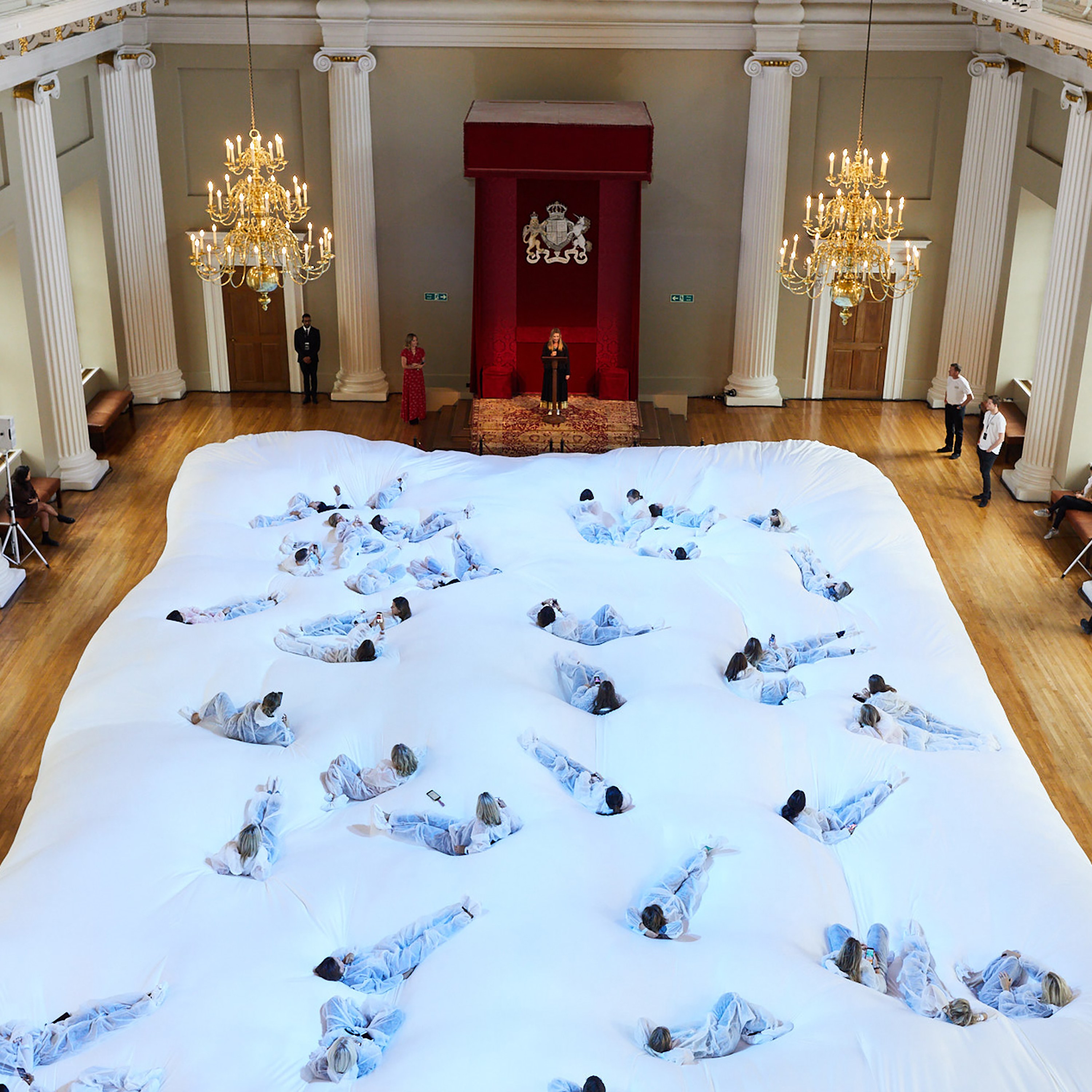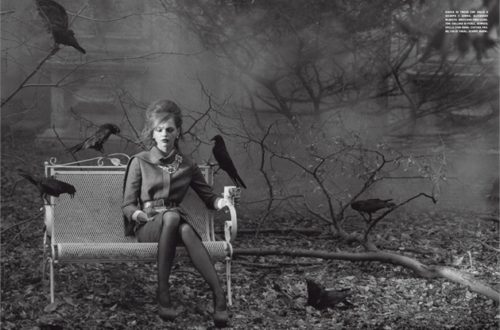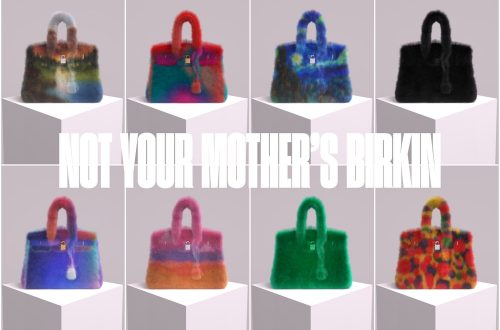Anya Hindmarch has always had the flair for the eccentric, the unpredictable and the unconventional – proof of this being that her designs have continually drawn inspiration from seemingly humdrum, everyday sources such as traditional British biscuits, retro arcade games, and even Kellogg’s cereal. London Fashion Weeks had, in the past, been an outlet for the designer to showcase her quirky collections of the season on a massive scale – ‘ordinary’ not being the first adjective that springs to mind at first look. Over the years, the brand has always made it a point to put on a spectacle, what with human conveyer belts, pixelated sets and an amphitheater catwalk being some of the more memorable aspects of their past shows. Their Autumn/Winter 2017 show in particular saw the setting up of a snow-covered mountain-top on the biggest steel deck ever used in a fashion show; it was so large, in fact, that it had wiped out all mobile phone signals in its immediate vicinity. But exactly how sustainable is such a model? Are the costs of an extravagant fashion show really worth its benefits?

At the end of last year, Anya Hindmarch announced that they were to leave London Fashion Week, the decision stemming from the success of some of Anya’s previous campaigns, such as their Build-A-Bag collection and Anya Smells. It was evident, however, that the brand would have to resort to cutting costs in any case if they wanted to stay afloat; Anya Hindmarch reported a 10 percent decline in its turnover to 37.2 million pounds (48.4 million dollars) for the year to December 31, 2017, while pretax losses more than doubled to 28.2 million pounds (36.7 million dollars) against the previous year.
They decided to take on the new ‘see-now-buy-now’ model – that is, in lieu of the traditional format of having biannual shows, the brand will organise publicity-generating stunts and consumer-directed events each year during London Fashion Week. This year alone has seen the brand garnering plenty of attention for Autumn/Winter 2018 with their release of heart shaped balloons all over London. In September, instead of a Spring/Summer fashion show, they organised the installation of a ‘Chubby Cloud’ – a giant bean bag at Banqueting House in London, where visitors would be able to sit back, relax and admire the 17th-century ceiling. There were also live talks, meditation and music performances, on top of the chance to shop Anya’s latest collection at the event.

Anya said afterward: “It’s important to speak to your customer. Today, you can do everything in your own home, on your computer. But I think people are craving experiences like this. It’s a new direction for us, and I’m feeling my way through it rather than thinking it through—but it feels right.”
Whether or not the designer’s intuition rings true, however, remains to be seen. British brands Burberry and Mulberry have also decided to adopt this new direct-to-consumer model, abandoning the traditional format. However, Tom Ford, one of the first houses to try out this strategy, pulled out after a year and has since returned to Fashion Week. He stated that ultimately, “the store shipping schedule doesn’t align with the fashion show schedule”.
On top of cutting costs by opting out of Fashion Week shows, Anya Hindmarch has also closed 8 stores around the world, leaving only a meager 7 stores across the UK, US and Asia. It is true that customers are beginning to change their tastes, moving away from brick-and-mortar stores to online shopping. Despite the fact that digitalisation is the way to go these days, it may take time for the British brand to be able to see the fruits of their labour.
An article by Sabrina Shahnaz





